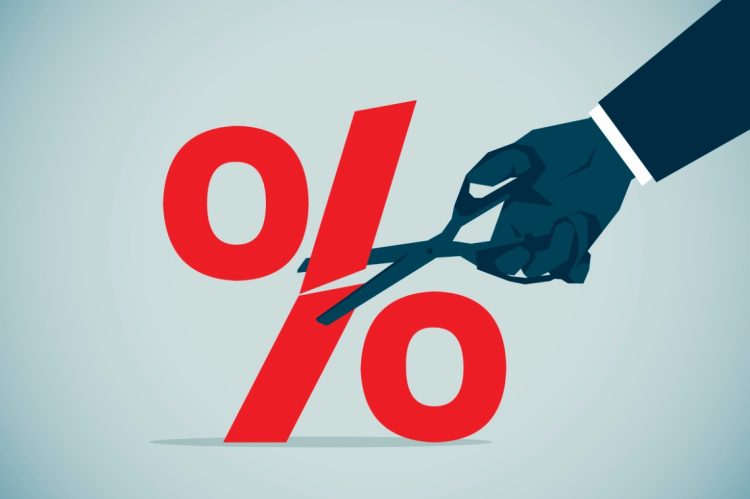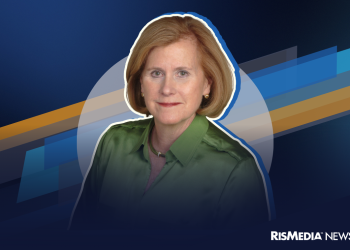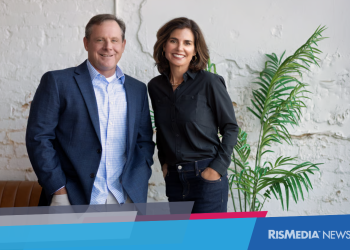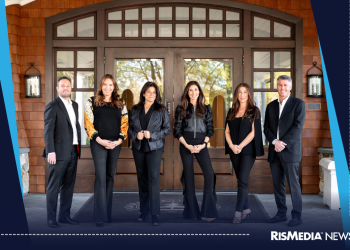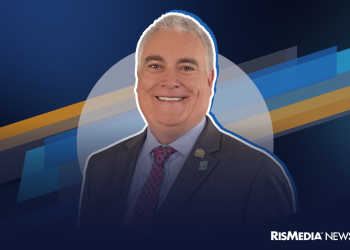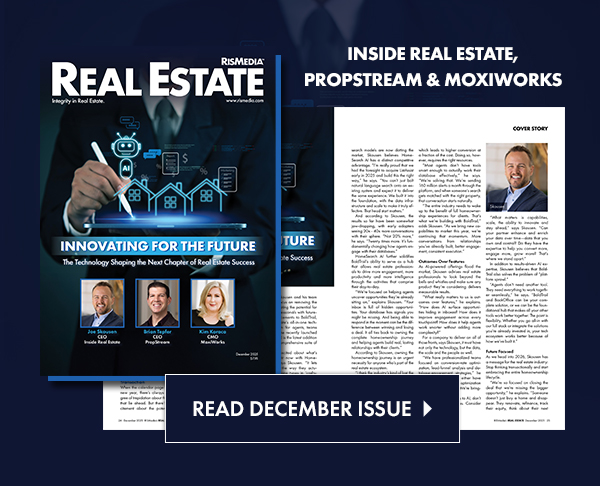Uncertainty is in the air as the government shutdown persists, with many on edge waiting for the Federal Reserve’s next meeting and a potential interest rate cut.
Despite the delay of most government data releases that help the Fed determine rate cut decisions, the latest Consumer Price Index—an inflation gauge from the Bureau of Labor Statistics—gives some insight into the Fed’s thinking at its upcoming meeting.
The September CPI found that monthly inflation rose 0.3% in September, following a 0.4% rise in August, and annual inflation was up 3%. Gasoline was the largest contributor to the rise here, as the index for gasoline rose 4.1% in September.
Core inflation (all items less food and energy) rose 0.2% monthly and 3% annually. The shelter index increased 0.2%, contributing to the rise in core inflation as well as rises in airline fares, household furnishings and operations, recreation and apparel.
Jason Furman, an economics professor at Harvard, noted in a thread on X that “the persistent and, to some degree, resurgence of core inflation” is the most helpful visualization of inflation increases as of late. He noted that there has been “four straight months of strong core goods inflation largely due to tariffs.”
“The key part of core services is shelter,” he continued. “It has come down but nowhere near what the models using spot rents were predicting.”
Bright MLS Chief Economist Lisa Sturtevant pointed out in a statement that the latest results mark the “highest rate of inflation since January and is the third month in a row of higher inflation.”
Higher inflation would usually point toward no rate cut from the Fed, but Sturtevant said that despite the uptick “it is still very likely that the Fed will cut interest rates by a quarter of a percentage point next week.”
“The labor market has been cooling, and without additional data indicating the contrary, there is little reason for the Fed to pull back on the widely anticipated rate cut,” she added.
Furman had different opinions.
“The inflation side is looking way above target,” he said. “Financial conditions are easing. People are worried (about) a bubble. You would not normally cut interest rates at a time like this.”
Despite Furman’s concerns, Fed governors and Chair Jerome Powell have hinted lately in speeches that a rate cut is likely for this month’s meeting, while still reserving the right to change course based on evolving economic conditions.



